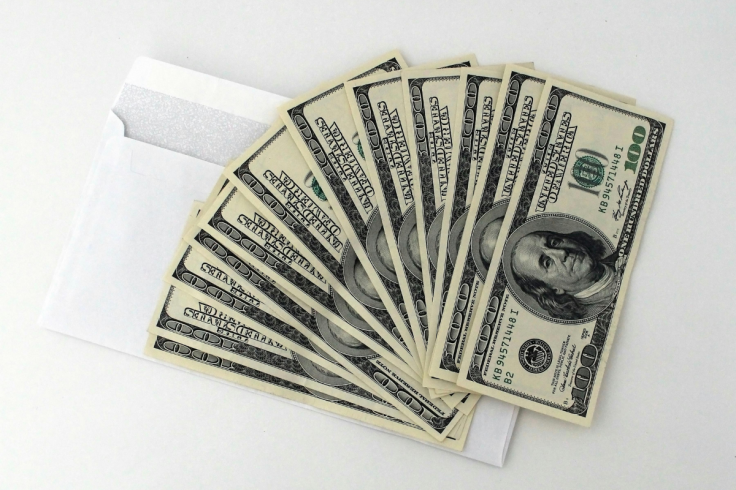Millions of Americans Set to Pocket $1,390 as IRS Rolls Out Latest Stimulus; Are You on the List?
IRS to send $1,390 stimulus cheques to millions here's how to find out if you're eligible.

Millions of Americans are set to receive a $1,390 stimulus payment from the Internal Revenue Service (IRS) this month as part of a targeted relief initiative. The payout aims to assist low- and middle-income households facing continued economic pressure from rising living costs.
The payments are being distributed nationwide, with eligibility based on income, filing status and prior tax records. The IRS confirmed that direct deposits have begun, while paper cheques will follow in the coming weeks.
What is the $1,390 Stimulus?
The $1,390 payment is part of a federal relief programmed designed to support Americans meeting specific criteria. It is not a new universal stimulus, but rather a targeted payment aimed at individuals and families under defined income thresholds. According to the IRS, the amount may vary slightly for certain recipients depending on their personal tax situation, but $1,390 is the standard figure for eligible individuals this round.
The initiative draws from federal budget allocations approved earlier this year, building on previous relief measures designed to offset inflationary pressures.
When will Payments Arrive?
Direct deposit payments began rolling out in early August, with the majority expected to reach bank accounts by the end of the month. Recipients without direct deposit information on file will receive paper cheques, which may take an additional one to two weeks to arrive by post.
The IRS says payment schedules can vary depending on bank processing times, postal delivery, and whether a taxpayer's account or address details have changed since their last return.
Where is it Being Distributed?
The program applies across all US states and territories. However, payment distribution is handled centrally by the IRS from its federal processing centers. While the payment amount is uniform for qualifying individuals, residents in certain states may also be eligible for additional state-level rebates or credits.
Who Qualifies?
Eligibility is determined by 2023 tax return data. According to the IRS, individuals earning up to $75,000 annually (or $150,000 for married couples filing jointly) will receive the full amount. Those earning slightly above these limits may still qualify for a reduced payment.
Non-filers who meet the income requirements may also be eligible if they submit the necessary information through the IRS Non-Filer tool. Recipients must also have a valid Social Security number and cannot be claimed as a dependent on another taxpayer's return.
Why is the Payment Being Issued?
The payment is part of a broader effort to provide short-term relief to households still feeling the effects of inflation and economic uncertainty. Federal data shows food, housing and energy costs remain above pre-pandemic levels, placing strain on lower-income families.
Officials say the one-time payment is intended to offer immediate assistance while broader economic stabilization measures continue.
How Can You Check Your Status?
Recipients can confirm their payment status through the IRS' 'Get My Payment' online tool or by contacting the agency's helpline. This will show whether a payment has been scheduled, its method of delivery, and any issues that might delay it.
Tax experts recommend ensuring bank account and mailing address information is up to date to avoid delays, especially for those expecting paper cheques.
For millions of households, the $1,390 stimulus will provide a welcome boost as the summer draws to a close. While it is not a long-term solution, it reflects an ongoing federal commitment to targeted relief for those who meet the criteria.
© Copyright IBTimes 2025. All rights reserved.




















